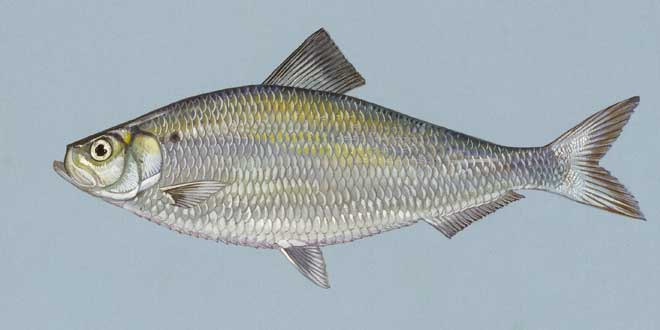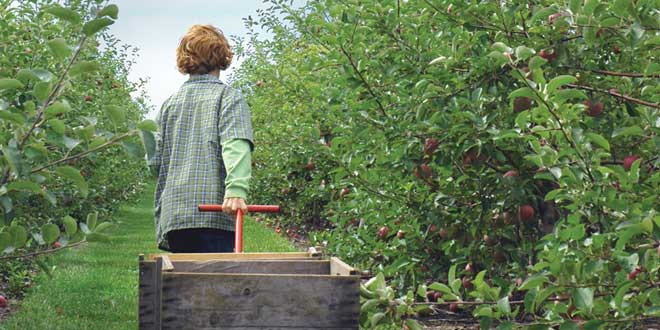LAKE HURON—The United States Geological Survey’s (USGS) research vessel Sturgeon and her crew were again visitors to the Port of Little Current last fall, carrying out the annual Lake Huron-wide survey of the Great Lake’s pelagic fish and the results are less than surprising.
Tim O’Brien, a USGS biological science laboratory technician, told The Expositor that the Sturgeon plied Great Lakes waters between September 10 and October 9, sampling the pelagic column of the main basin of Lake Huron, working counter clockwise through Georgian Bay and the North Channel.
The term pelagic refers to the mid to surface depth of the water column and the fish that dwell here are rainbow smelt, chub, alewife and emerald shiners.
“The alewife are still quite rare in all of our surveys,” Mr. O’Brien reported, noting the alewife collapse of 2003. “They just haven’t returned. We saw an increase in small alewife, but that was restricted to the Michigan side of the main basin (and relative to last year).”
He continued to say that since the collapse, the survey has seen small increases, but the fish do not survive to reach older, adult, sizes, probably due to prey.
The USGS did see a small increase in smelt, but a considerably low number compared to previous years, Mr. O’Brien added. Larger smelt saw a slight decline. However, he continued, there has been no real trend since 2004.
Another slight increase was found in chub. However, he said, compared to 1997, there has been an increase in small chub over time. For larger chub, any trends have remained stagnant since 2010.
Mr. O’Brien noted that emerald shiners are typically only caught in the main basin and a modest increase was seen with these fish.
As for the North Channel, it has the “highest fish biomass” out of all of Lake Huron, he said, followed by the main basin and then by Georgian Bay.
“Despite the high biomass, we did see a decrease in numbers (in the North Channel),” he said, likening the chart to a “saw tooth” pattern of ups and downs. “This type of fluctuation is normal in the North Channel.”
Mr. O’Brien said he was unsure how the thick ice cover over Lake Huron would affect this year’s fish populations, as this has yet to be studied in any significant capacity.





